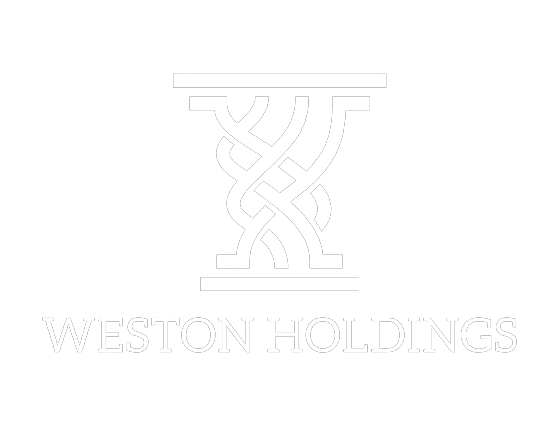Dear valued client,
Markets are on track to finish relatively flat after the first 4 trading days this week as the Fed opted to keep interest rates steady at 4.25% to 4.5%, aligning with expectations from economists. Despite maintaining rates, the Fed revised its economic projections, lowering the 2025 GDP growth forecast to 1.7% from 2.1% and increasing its inflation expectation to 2.7% or 2.8% (up from 2.5%), still exceeding its 2% target. Powell underscored a cautious stance, pointing to uncertainties from trade tensions, tariffs, and fiscal policy shifts—compounded by events like DOGE-related layoffs—as reasons to await clearer data. This decision follows a volatile cycle of eleven rate hikes in 2022 to curb inflation, three cuts in 2024, and a plan for two cuts in 2025 (totaling a half-percentage-point reduction) and two more in 2026. Markets responded positively, buoyed by the prospect of future rate reductions.
On our side of the border, Canada’s inflation rose unexpectedly to 2.6% in February (compared to 1.9% in January and 1.8% in December), surpassing economists’ predictions of 2.2%, driven largely by the end of a GST/HST tax holiday mid-month, according to Statistics Canada. This uptick has complicated the Bank of Canada’s monetary policy decisions. Economists from Capital Economics, Desjardins, TD Bank, and Oxford Economics noted that this “upside surprise,” alongside rising services inflation (3.5%) and potential pressures from retaliatory tariffs and currency depreciation, may prompt the Bank of Canada to pause its streak of rate cuts at its April 16 meeting, despite earlier considerations of cuts to counter U.S. tariff threats. While some, like TD, still foresee two 25-basis-point cuts if tariffs ease within six months, others argue the bank will hold rates steady to prioritize containing inflation amid growing economic uncertainty and shifting consumer expectations.
Critical talks took place this week between U.S. President Donald Trump and Russian President Vladimir Putin to negotiate a ceasefire in the ongoing Russia-Ukraine war, following Ukraine’s agreement to a U.S.-backed 30-day truce last week. The White House has expressed optimism, stating “We’ve never been closer to peace,” with Trump highlighting discussions on land and power plants, including potential concessions like Russia relinquishing control of the Zaporizhzhia nuclear facility. Russia, bolstered by recent battlefield gains—such as reclaiming most of the Kursk region from Ukraine with North Korean support—may demand sanctions relief, particularly on microchip bans that have strained its economy, and recognition of its control over four eastern Ukrainian regions and Crimea. However, analysts warn that easing sanctions could allow Russia to rearm, while a frozen frontline might leave Ukraine vulnerable to future attacks, risking a fragile ceasefire. Ukraine, facing a depleted military after three years of conflict, seeks security guarantees, a prisoner exchange, and the return of nearly 20,000 deported children. However, its broader goals of territorial restoration and NATO membership have been dismissed as unrealistic by U.S. officials, prompting a coalition of 30 countries, led by France and Britain, to pledge peacekeeping support.
Google’s parent company, Alphabet, confirmed its largest-ever acquisition this week, purchasing the cybersecurity startup Wiz for $32 billion in cash to bolster its struggling cloud business, which holds a 12% global market share compared to Amazon’s nearly 33% and Microsoft’s 21%. Wiz, a New York-based Israeli firm founded in 2020, provides security tools for data centers and works with major cloud providers, including Google’s rivals, though its integration could enhance Google’s competitive edge despite its products remaining available to others. The deal, the year’s biggest, raised eyebrows on Wall Street, with Google’s stock dropping 4% amid concerns of overpayment—Alphabet is paying 30 times Wiz’s projected $1 billion revenue, far above the typical 10x ratio for software firms, and 40% more than a rejected offer last year. With $96 billion in cash reserves, Alphabet can afford the deal, but regulatory uncertainty looms under President Trump’s administration, alongside a Biden-era DOJ push to divest Chrome, with a $3.2 billion breakup fee at stake if the acquisition is blocked.
In a wake-up call to Europe, Germany’s lower house of Parliament approved a landmark bill, backed by the center-right Christian Democratic Union and center-left Social Democratic Party, to relax borrowing restrictions and unlock a $547 billion fund aimed at revitalizing its stagnant economy and strengthening its military. Championed by Friedrich Merz, the chancellor-in-waiting, this historic spending initiative addresses Germany’s economic challenges, including a manufacturing slowdown and crumbling infrastructure, which have kept the country teetering on the edge of recession in recent years despite narrowly avoiding one.
Canada may also significantly increase its military spending in response to reduced U.S. military aid and rising global threats, particularly in the Arctic, where melting ice is weakening its natural defenses, and amid pressures from Trump’s isolationist policies. Prime Minister Mark Carney aims to meet NATO’s 2% GDP defense target by 2030, up from the current 1.3%, a shift spurred by the need to modernize outdated equipment and digital infrastructure, with a $73 billion plan over 20 years. Defense expert David Perry notes that each dollar spent could generate $2 in economic activity, boosting GDP by over $9.6 billion and supporting 81,200 jobs, though funding this—estimated at an additional $81.9 billion over five years—faces challenges from existing debt and potential U.S. tariffs.
“Freedom is never more than one generation away from extinction. We must fight for it every day.” – Franklin D. Roosevelt
Have a great weekend,
PW



